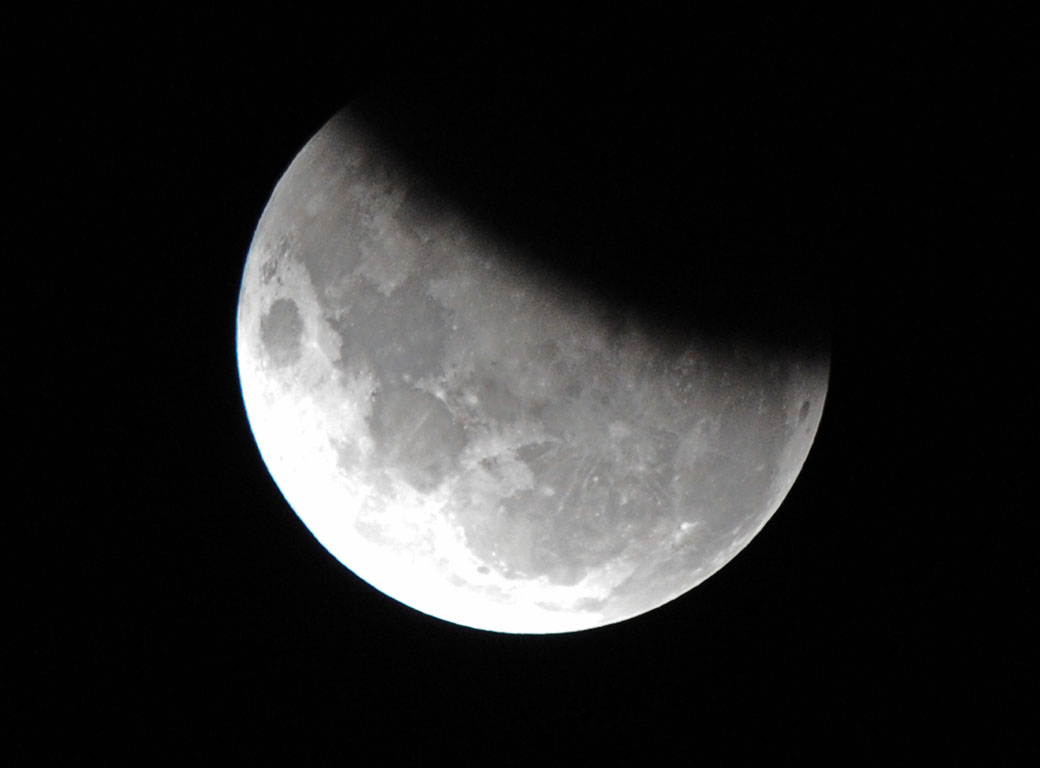Friday, Sept. 30 at 8:11 p.m. ET a rare occurrence will take place: something some call a “black moon.”

This is nothing to be concerned about: it’s not witchcraft or something signalling the End of Days.
READ MORE: 5 reasons to look at the night sky (not just when it’s a ‘supermoon’)
A second full moon that occurs within a month has come to be known as a “blue moon.” Well, it turns out there’s a term for the second new moon of the month and that’s a “black moon.”
Two new moons in a month occur about once every 32 months.
So what can you expect to see? Absolutely nothing.
During a new moon, the sun is behind the moon, illuminating its far side. The face of the moon that we always see is left in darkness. So that means, we see zilch.
But that might be a great thing Friday night.

This time, it happens to occur on a night where the northern lights are forecast to be visible across Canada.
That means there will be no moonlight to wash out the curtains of light that may dance across the sky.
READ MORE: Iceland capital city turns off lights so people can enjoy northern lights
Natural Resources Canada and the U.S. Space Weather Prediction Center are calling for a moderate geomagnetic storm — which produces the northern lights. Because Canada is in northern latitudes, we’re in the perfect position to enjoy the show. Already there have been several days this week of beautiful displays.
And even if you aren’t able to see the northern lights, a night of a new moon is a perfect opportunity to go out and stargaze.



Comments